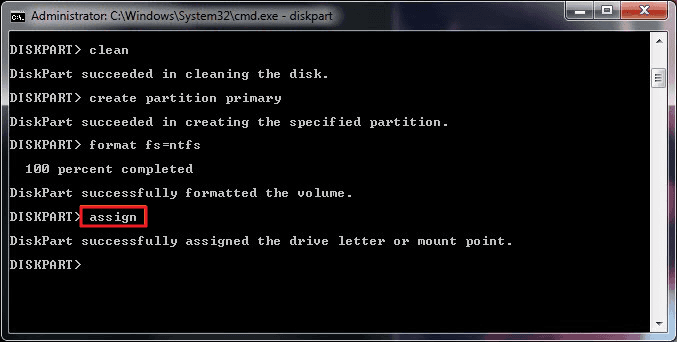

- #Linux how to format usb drive install#
- #Linux how to format usb drive free#
Free online course: RHEL Technical OverviewĪ partition on a hard drive is a sort of boundary on the device telling each filesystem what space it can occupy. If it auto-mounts, then unmount it manually. Once you have definitely, correctly identified a drive, and you have absolutely verified there is nothing important on it, plug it into your computer-but do not mount it. It is possible to utilize a drive without a filesystem. Otherwise, do not attempt this exercise, because it will DEFINITELY ERASE DATA, by design. If you have a spare drive that has no important data on it whatsoever, you can follow along with this example. If you're not sure what a filesystem is, it's probably easier to understand the concept by learning what happens when you have no filesystem at all. But if your goal is to create a usable drive, you must give the drive a filesystem. If all you need is the device label, your work is done. In other words, you can monitor the kernel's awareness of your drive. If you plug it in again and run the command, the device will be there. If you unplug it and run that command again, you'll see the device has been removed. The most recent drive listed is the one you just plugged in. For instance, if you want to make sure a thumb drive is really /dev/sdc, plug the drive into your computer and run this dmesg command: $ sudo dmesg | tail If in doubt, you can test device label assignments by looking at the tail end of the dmesg command, which displays recent system log entries including kernel events (such as attaching and detaching a drive). The lsblk command is nondestructive and used only for probing, so you can run it without any fear of ruining data on a drive. If you're not sure what a partition is, that's OK-just keep reading. For example, the second partition of the first drive is sda2. Each partition of each drive is assigned a number, starting with 1. The device identifiers are listed in the left column, each beginning with sd, and ending with a letter, starting with a. Make sure that you selected a USB device, and that you selected the desired partition that wants to format as exFAT. Open Disks and find a USB drive on the left side. If you using Gnome, then you probably have Disks tool pre-installed in system. Format a USB Disk as exFAT using Gnome Disks tool If you have done this, then your USB device is ready to use! 2. sudo mkfs.exfat /dev/sdb1Īfter creating a filesystem you can verify it to make sure that everything is formatted correctly: sudo fsck.exfat /dev/sdb1įile system checking finished. Important: Note that you should find your partition number identifier, and replace /dev/sdb1. Since we now have a partition, we need to create a filesystem with mkfs command, mkfs stands for creating an exFAT filesystem. Output: The partition table has been altered.Ĭalling ioctl() to re-read partition table. Now that flag is set, we need to write and save our settings by typing the command w in fdisk. Now, open the fdisk menu with command: sudo fdisk /dev/sdbĬhose and type number 7 in fdisk for HPFS/NTFS/exfat 7 
In my case: /dev/sdb is my usb drive, and i.e /dev/sdb1 presents a partition. Or you can also find it with df command: df Open terminal, and find USB drive with fdisk following command: sudo fdisk -l
Install exfatprogs with following command: sudo apt install exfatprogs The exfatprogs packages provide a tool used for managing extended file allocation table filesystem, which allows users to create, check and label the exFAT filesystem. Format a USB Disk as exFAT using exfatprogs from Terminal We recommend using exfatprogs tool because of new features and additional support. If consider formatting a USB drive as exFAT you need to install exfat-utils or exfatprogs. If you are using a Linux kernel starting from 5.4.x, then exFAT file system support is enabled in the Linux kernel. Format a USB Disk as exFAT using Gnome Disks Tool.Format a USB disk using exfatprogs tool from the terminal.In this guide, we are going to show how to format a USB Drive as exFAT on Linux from terminal and GUI. exFAT filesystem to any device whether is a USB device or hard disk partition. ExFAT presents a filesystem, specially designed and optimized for USB flash drives, SD cards, and external drives, which is making it popular for Linux users.įor purpose of formating a USB disk as exFAT on Linux, need to install the exfat-utils or exfatprogs which can allow us to create, read, write, etc.






 0 kommentar(er)
0 kommentar(er)
